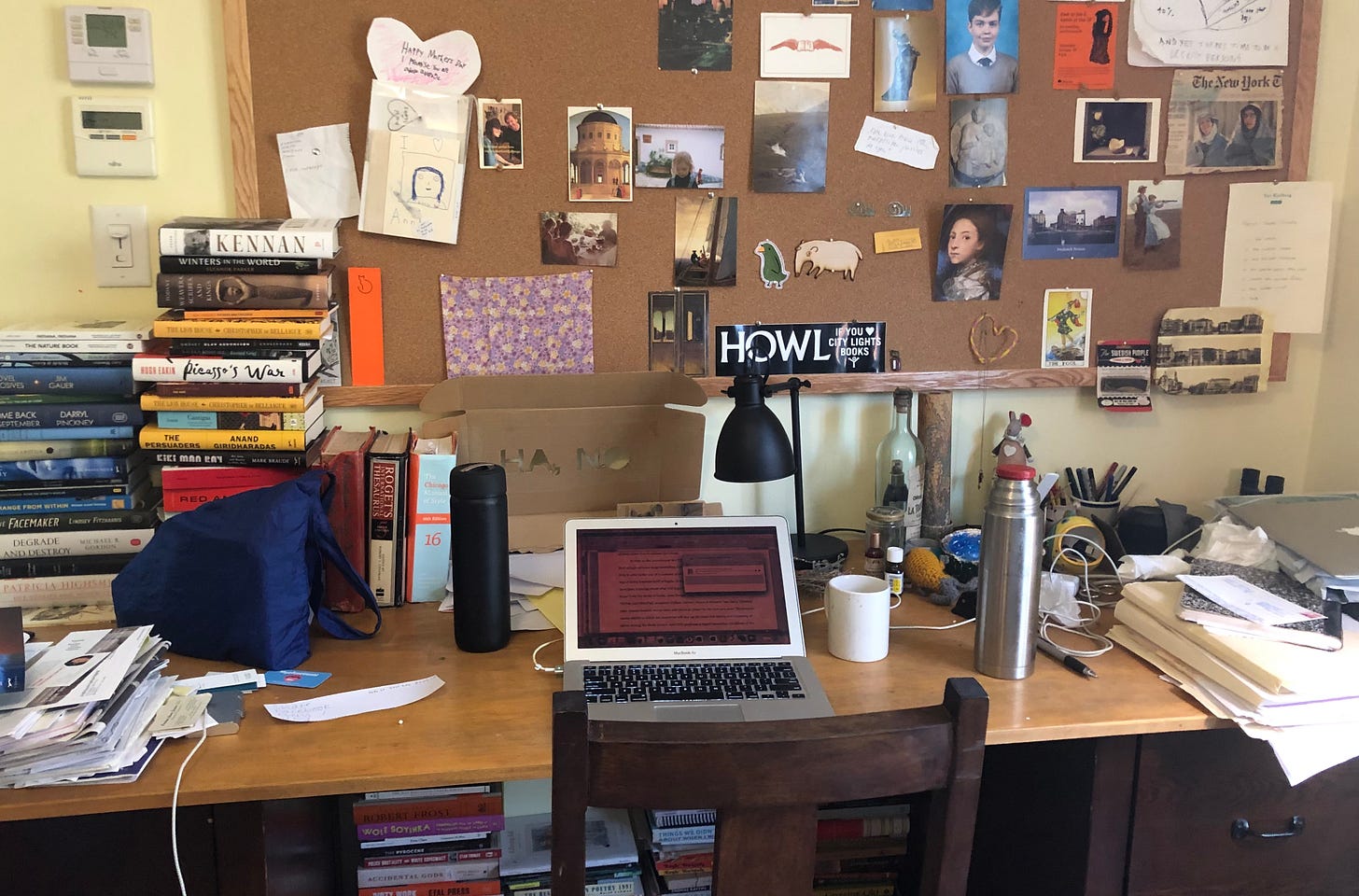Notebook: Bad News Day
by Ann Kjellberg, editor
NPR’s Mary Louise Kelly posted on Twitter/X on Tuesday: “If you care about journalism—local news, national news, international news—every warning light should be blinking red.” She was responding to the astonishing rash of bad news for journalism in the last two weeks. Working backwards: on Thursday, Business Insider, after changing its name back from the more capacious Insider, announced that it was laying off 8 percent of its staff, already down 10 percent from layoffs last year; the few dozen staff members remaining at the New York Daily News staged a twenty-four hour walkout to protest budget cuts and austerity measures by their owner, hedge fund Alden Capital; and Forbes announced layoffs just as its union embarked on a three-day walkout, the first in its 108-year history, to protest stalled negotiations. Puck’s Dylan Byers reported on Wednesday that significant layoffs were rumored in The Wall Street Journal’s Washington Bureau. Perhaps most devastatingly, on Tuesday the Los Angeles Times, after weeks of turmoil, including the first newsroom-based work stoppage in its 142-year history, laid off a full 20 percent of its news staff, including its Washington bureau chief and deputy bureau chief, its business, books, and music editors, and a bunch of beat sports reporters. Combined with layoffs last summer the paper’s newsroom has diminished by a third. Also on Tuesday Time magazine laid off 10 percent of its editorial staff, and four hundred Conde Nast staffers staged a walkout, timed to correspond with the announcement of the Oscar nominations, to protest breakdown in negotiations over a 5 percent cut of its workforce announced in November. (Conde Nast publishes The New Yorker, Vogue, Wired, Glamour, GQ, Traveler, Vanity Fair, Bon Appétit, and Architectural Digest, among other magazines.) Last Saturday the 186-year-old Baltimore Sun was sold to David S. Smith, the executive chairman of the Sinclair Broadcast Group, operator of hundreds of television stations known for pressing ideologically scripted segments on local channels. David Smith told staff that he read the paper rarely, not at all prior to a few weeks ago, and advised that it emulate Sinclair’s Baltimore station, Fox45, in its coverage. The preceding Friday Sports Illustrated laid off much of its staff, its future existence in doubt. The New York Times observed that the magazine had let go its photographers, “the ‘illustrated’ in Sports Illustrated,” in 2015, and had already gone from weekly to monthly publication. Two days before that Conde Nast announced that the music reviewing site Pitchfork would be folded into GQ, precipitating layoffs of roughly half its staff. (Vogue editor and Conde Nast chief content officer Anna Wintour reportedly did not remove her infamous sunglasses throughout the encounter.) At the end of the year The Washington Post announced that 240 workers had accepted buyout offers, averting potential mass layoffs. On January 12 even the news aggregator Artifact, a startup launched by Instagram founders Kevin Systrom and Mike Krieger, announced that it would close. The verdict was that there was not enough reliable news to aggregate.
Keep reading with a 7-day free trial
Subscribe to Book Post to keep reading this post and get 7 days of free access to the full post archives.

